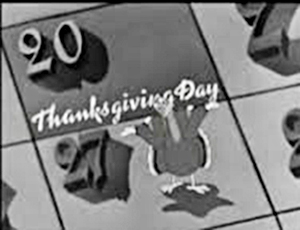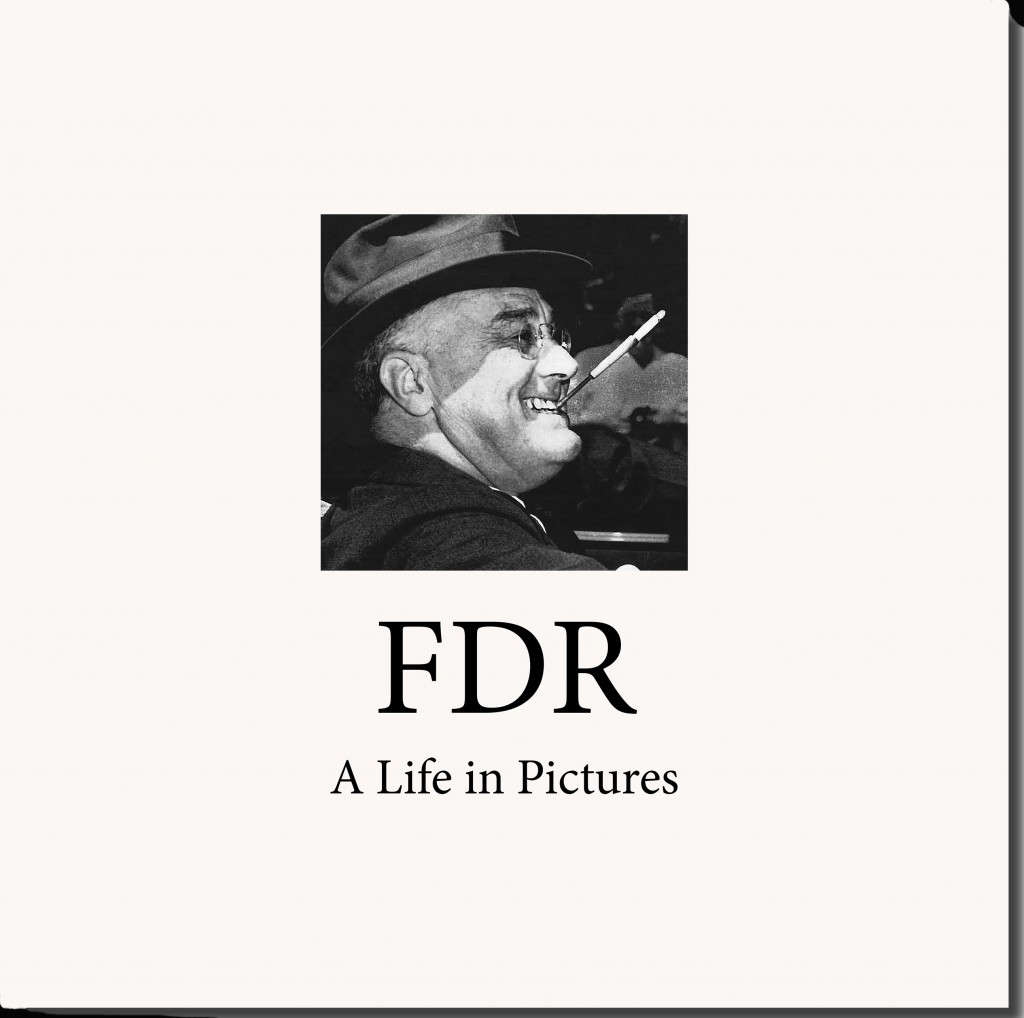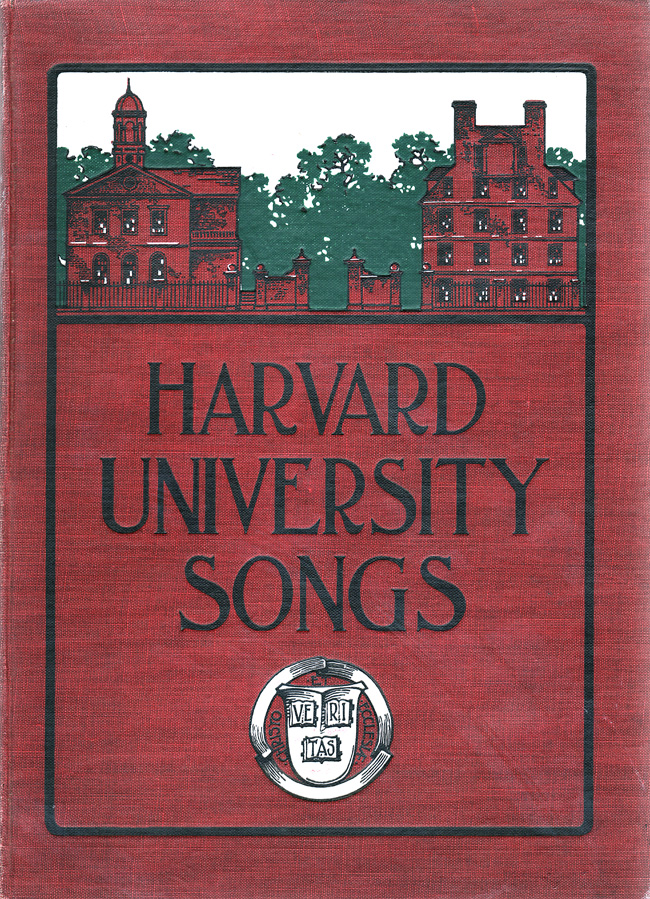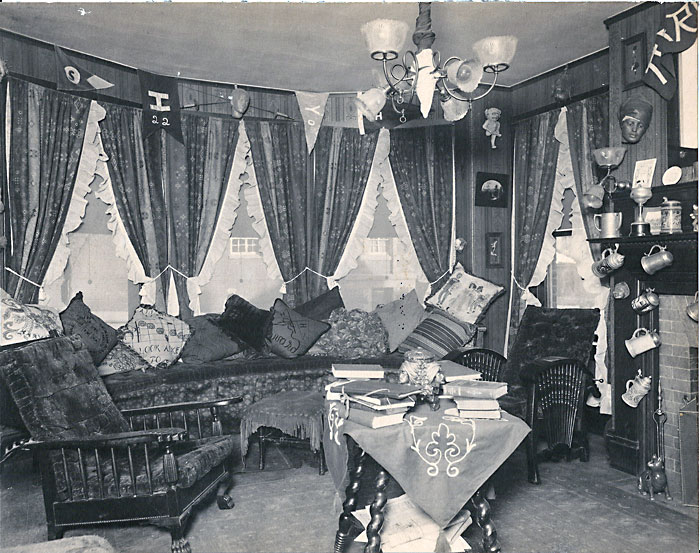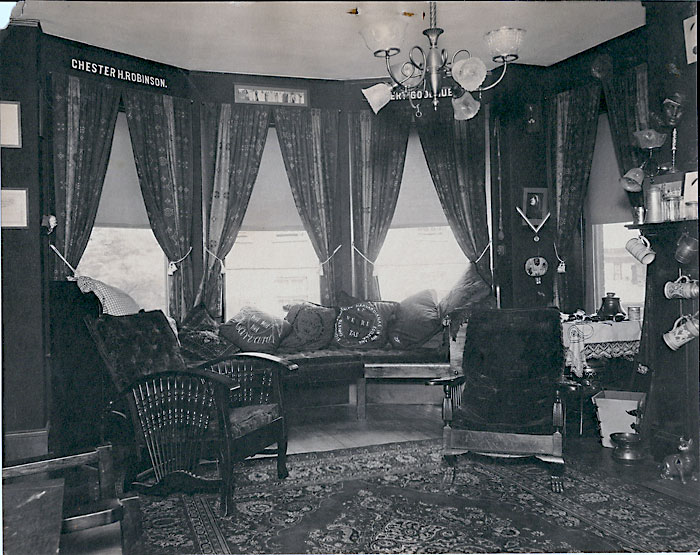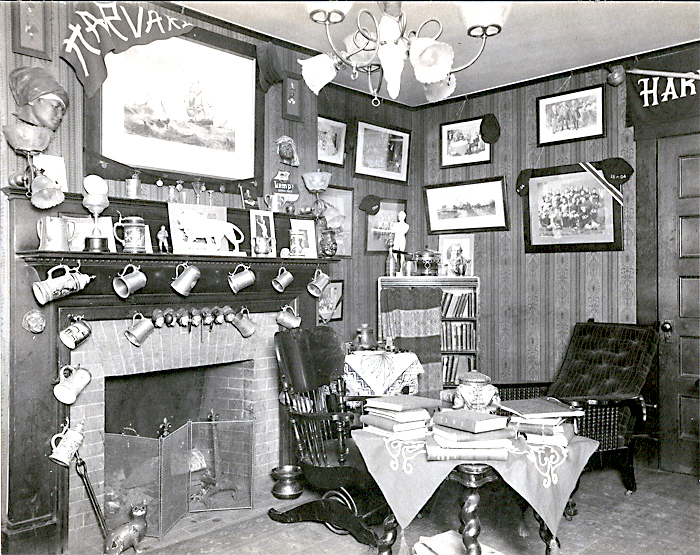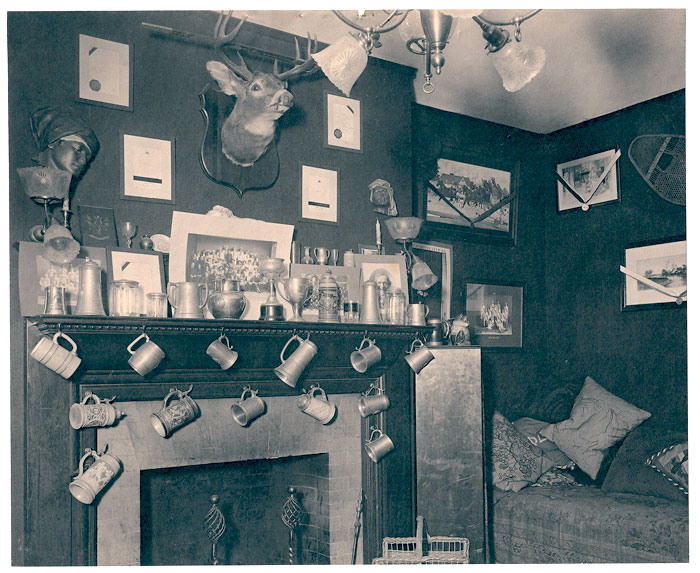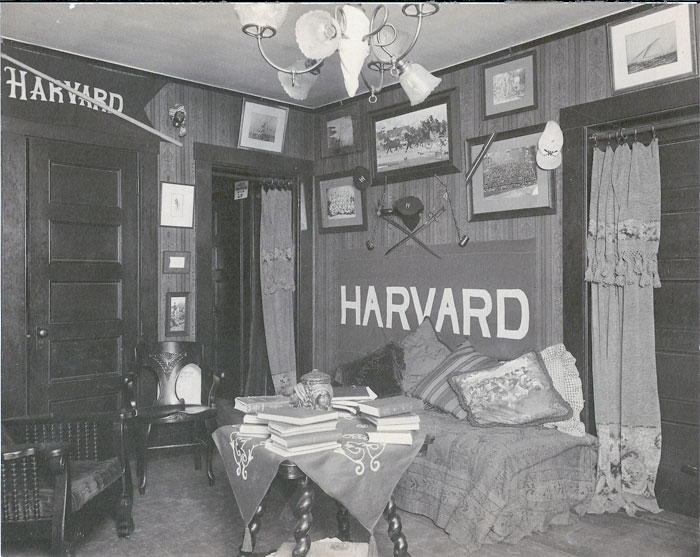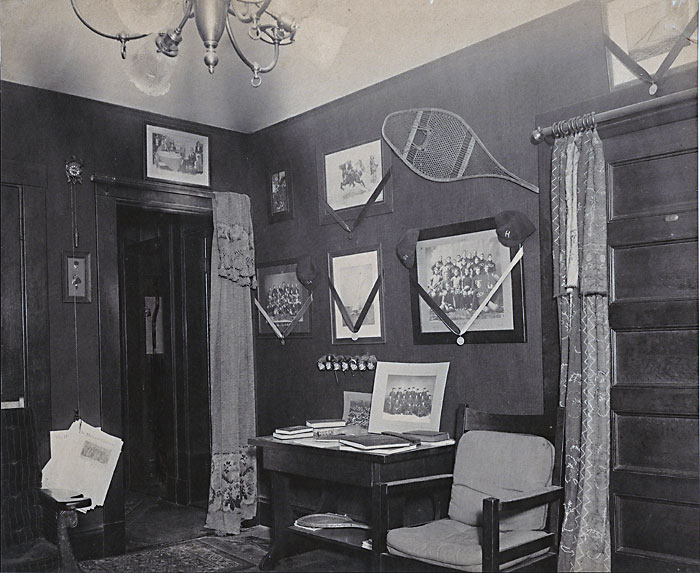I was sitting in the Suite a few weeks ago, looking around, and I must admit to being quite impressed. With furniture mostly in place, pictures on the walls, mementos scattered everywhere, the place is really starting to become a real Victorian room with personality. This last is truly the key, because our quest is not so much to create a period interior (although that’s interesting in itself) but rather to create a period interior that reflects two very specific men: FDR and Lathrop Brown. Fortunately for FDR’s posterity, our president’s past is extremely well documented. The FDR Library and Museum at Hyde Park in the person of Bob Clark, chief archivist, has been extremely helpful in providing us with images that make FDR’s personal space come alive: pictures of the family at play, views of Springwood, images of the Half Moon at full sail. Not so for Lathrop Brown – his early life was mostly a blank to us beyond the wonderful later-life pics Pam Grossman, Lathrop’s granddaughter, and her husband Elmer dug up for us – at least until last month. Exactly as I was lamenting the lack of detailed information and photos of Lathrop’s family, I received an email from Teresa Izzo, friend and fellow history detective to Dan L’Engle Davis, who turned out to be Lathrop’s sister Lucy’s grandson. (Got that?) Teresa had found us through the website, and wanted to let me know that Dan had “quite a collection” of Brown family memorabilia.
Was I interested?
Is the Pope Catholic? How soon can you get here?!!
“Quite a collection” turned out to be a tremendous understatement: an unbelievable collection of numerous photo albums, stuffed with over a century of Brown family history from the 1860’s to about 1910. Here at last were the insights into Lathrop and his family we had lacked: their travels, their childhood pictures, their homes, all in a remarkable state of preservation. Some examples:
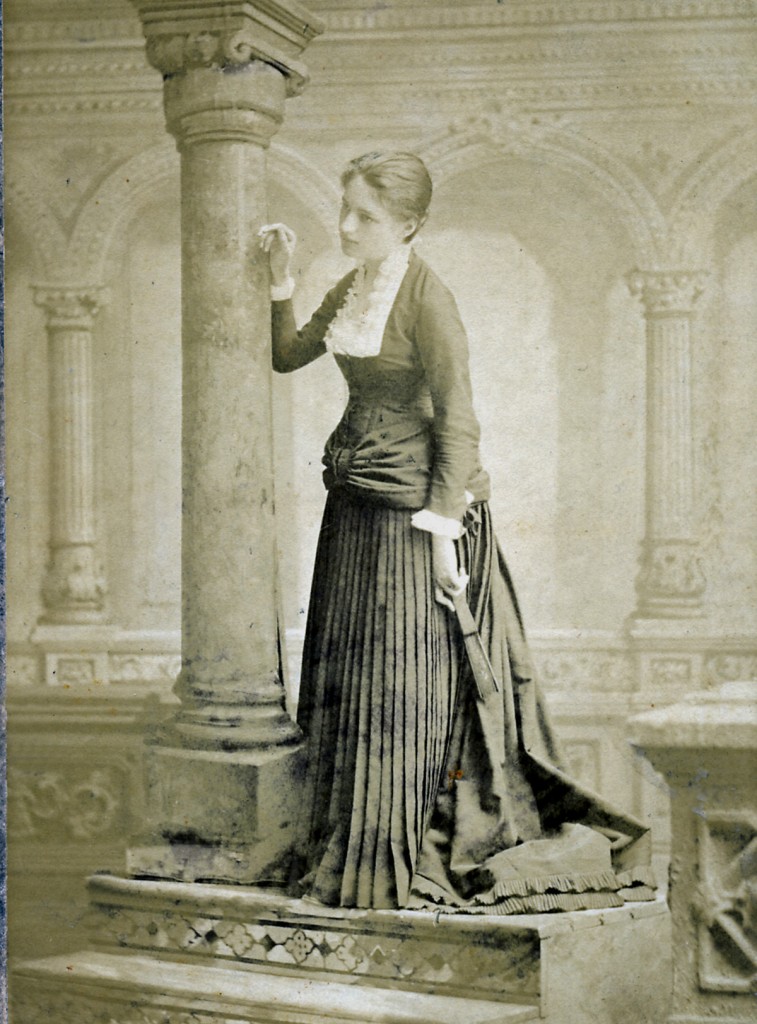
Lathrop’s mother, the former Lucy Nevins Barnes, about 1878, just before she married Charles Stelle Brown, who was then in the process of building a real estate empire in New York City. (Brown’s firm sold the land to build the Brooklyn Bridge, as just one example.) Later in life, Lucy Barnes Brown would go on to become the first ever woman’s amateur golf champion.
Here she is, ready for the links in 1895:
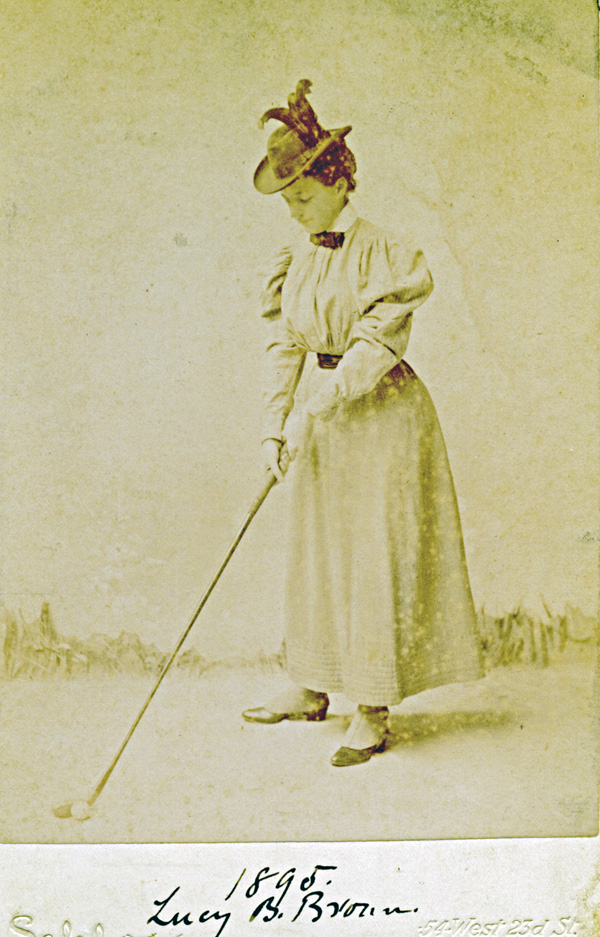
Lathrop’s Father, Charles Stelle Brown: (this pic courtesy the Grossman’s)

And the children:
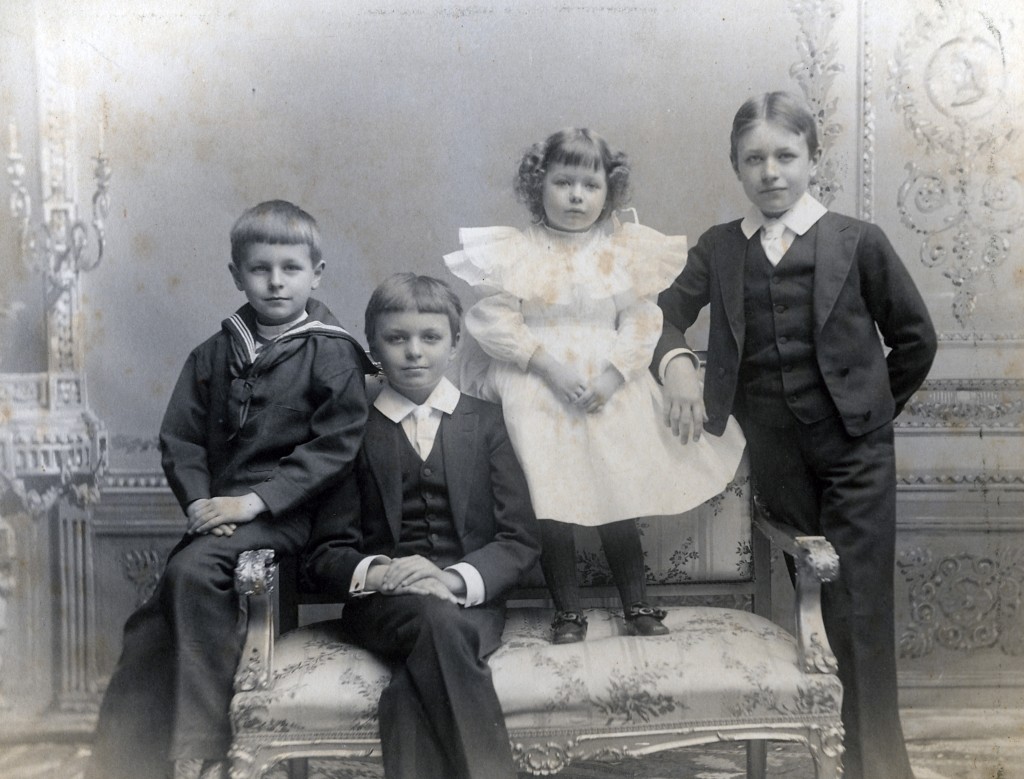
Lathrop’s siblings in 1893. From left to right: Charles S Brown Jr, ’08, Lathrop Brown ’04, Lucy Brown, and Archibald Manning Brown ’03. Charlie, as he was known, went on to head the family’s real estate firm in Manhattan, which still exists today, by the way – Brown, Harris Stevens; Lathrop (Lapes, (or Lapie) to his family, as we now know thanks to the albums, would soon be congressman and presidential confidante); Lucy, who married artist William L’Engle, became a famous painter; and Archie, who became a well known architect.
The pictures run the gamut from formal portraits to Brownie shots. Below is Lathrop and Miss Lydia Jones, Long Island Sound, summer, 1903. (Lathrop, already with sufficient credits to graduate, would return to Cambridge that fall, his only duty to manage the Varsity Football Squad. FDR, also unofficially matriculated, would occupy himself with his two loves, one old – The Crimson, and one new – Eleanor.) The two hand-held Brownie shots, here restored, are humorously labeled “Before the Sail”:
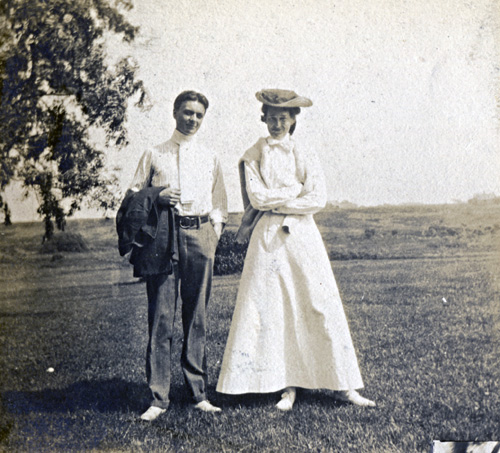
and “After the Sail.”
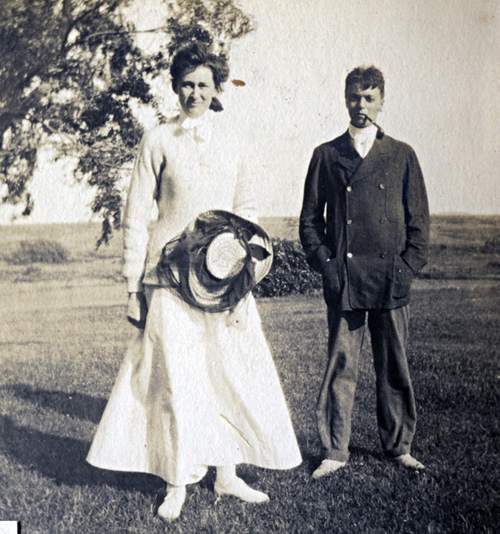
I could go on and on, but you get the general idea: from the clear blue sky has dropped an invaluable collection of close to 1000 pictures that documents the lives of not one, but three distinguished Harvard alums, and that allows us to fill out the Lathrop Brown side of the FDR Suite equation in a way we never thought possible.(Not to mention fulfilling the Foundation’s charter “to preserve and document Harvard student life at the turn of the 20th century.”)
So, short story: we’ve launched Project Lathrop Brown. With the help of our summer intern Justin Roshak, and while we have the kind loan of this material from Dan and Teresa for the summer, it’s our intention to scan and catalog a large percentage of these photos, both for our own eventual use in the Suite, as well to share with the Harvard University Archives and FDR Presidential Library.
And that’s where you come in: after some heady months of donations earlier this year, funding has slowed to a trickle, and we could use your help! Project Lathrop Brown will cost about $2500, mostly in new digital equipment suitable for this kind of intensive photographic preservation and reproduction; in addition, we’re still about 30K out from finishing the Suite. If you haven’t donated before, or if you can find your way to helping us again, now’s the hour!


